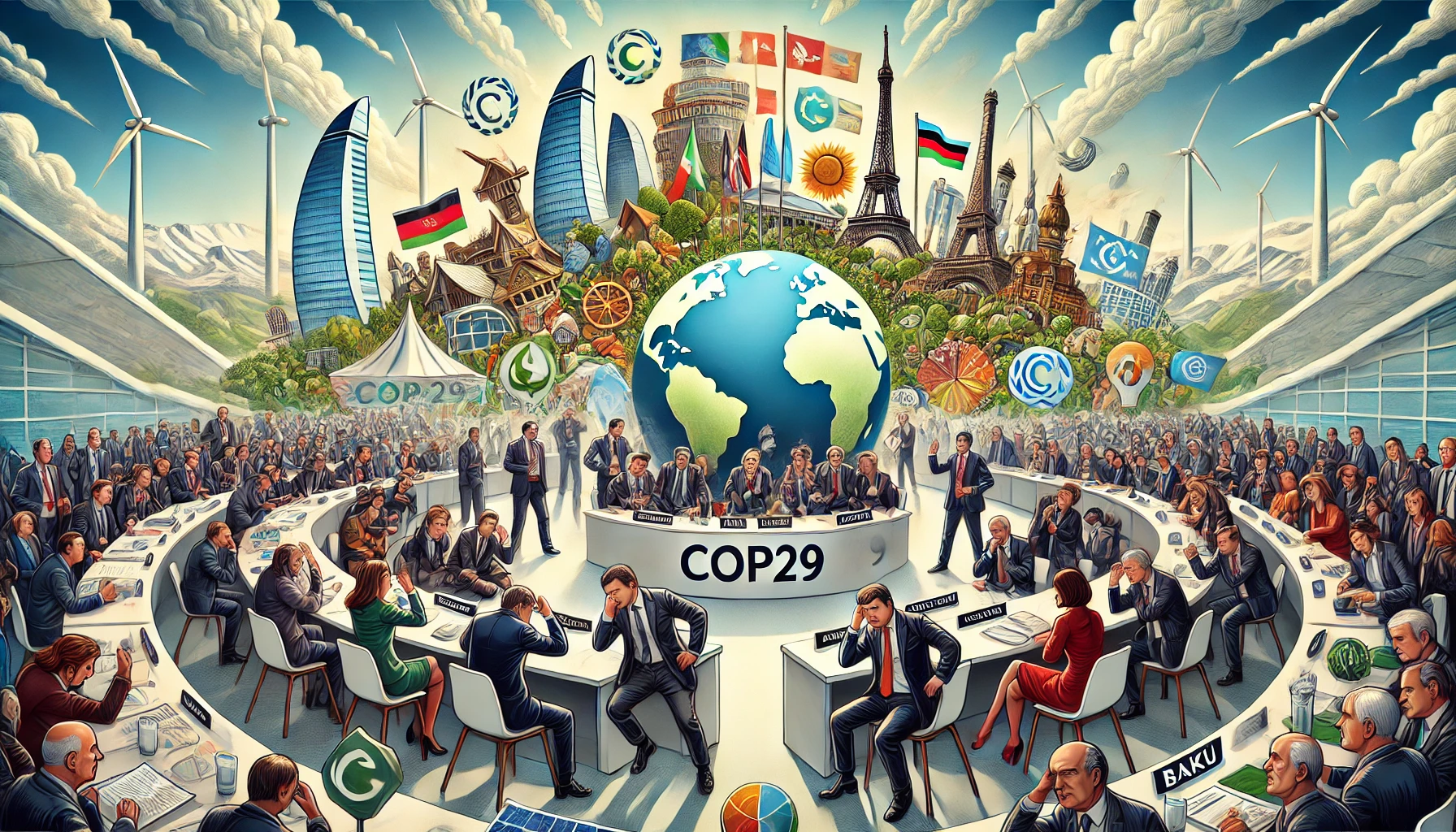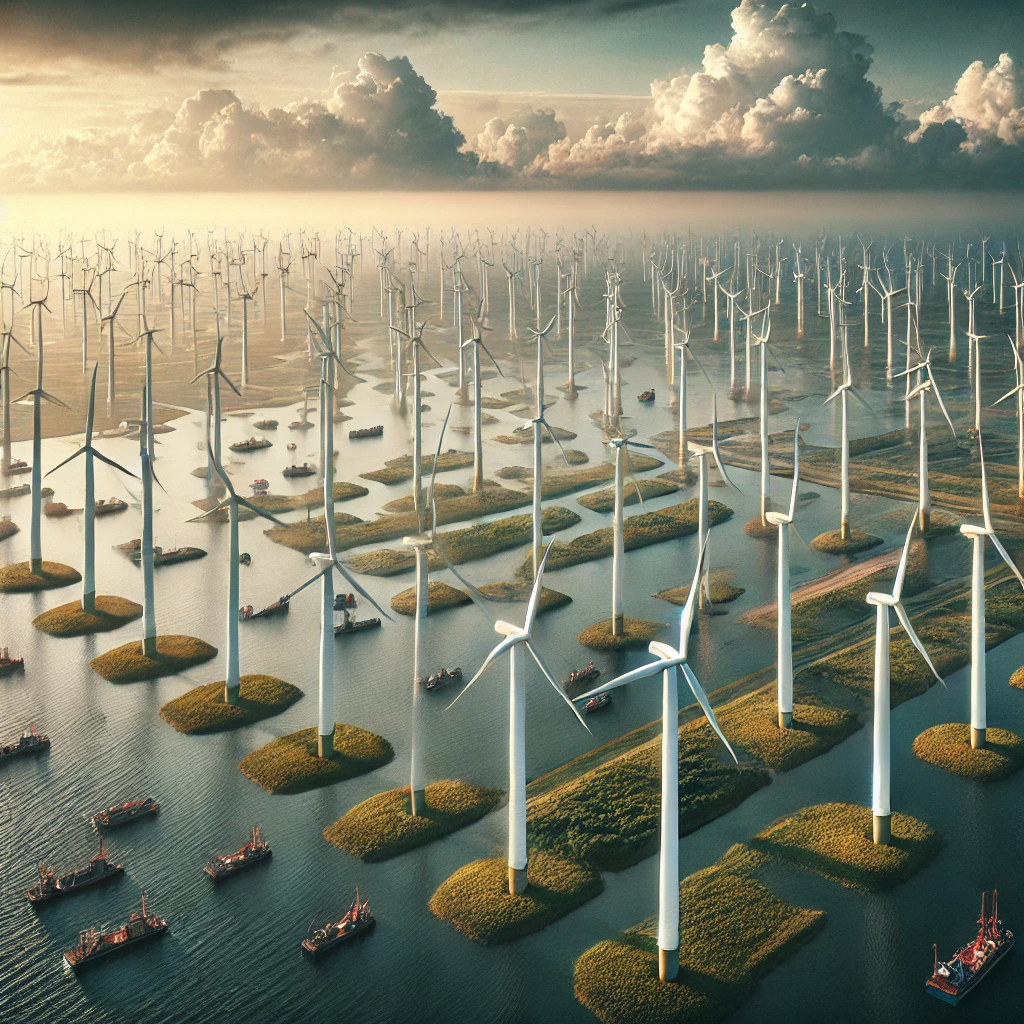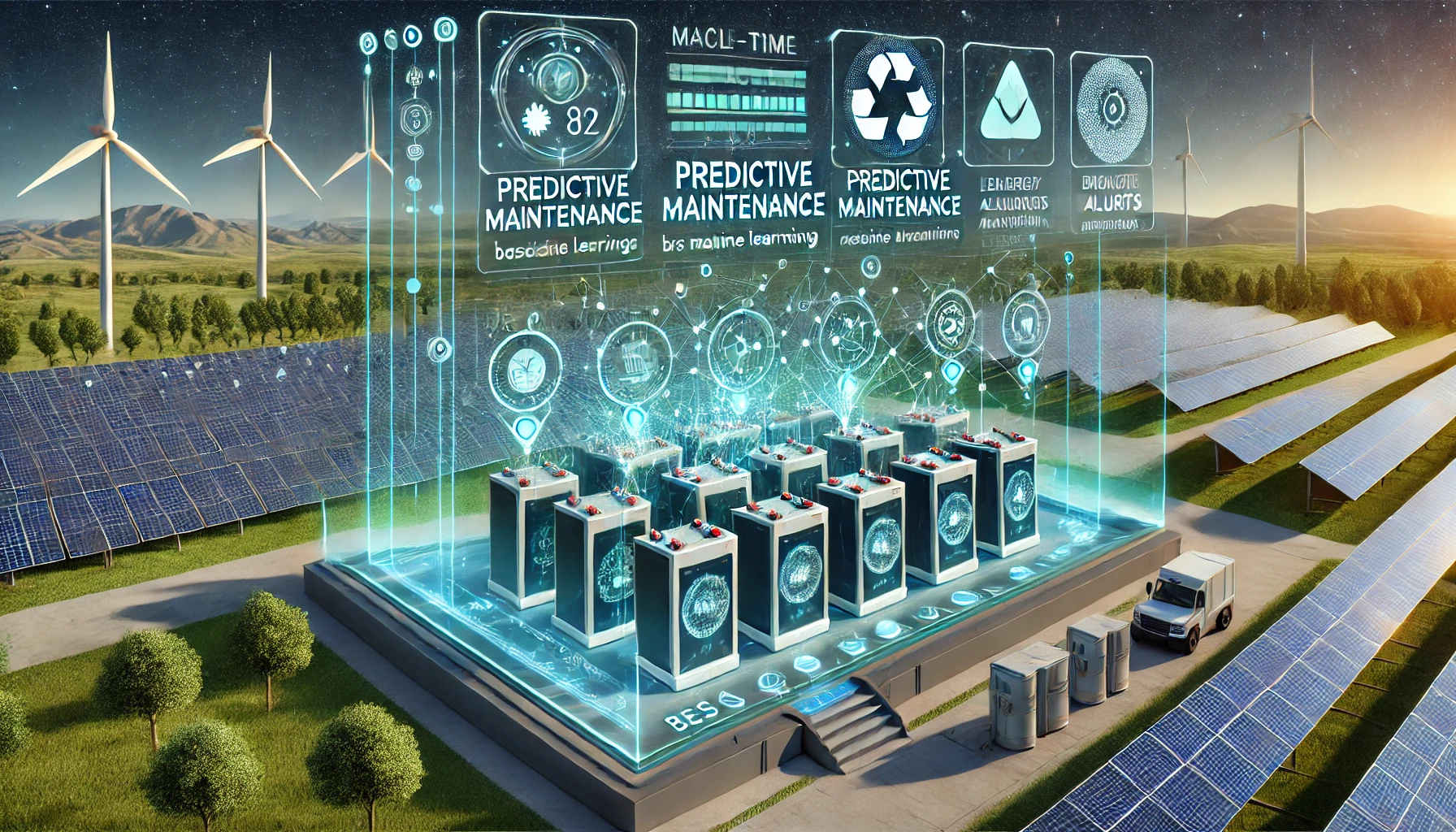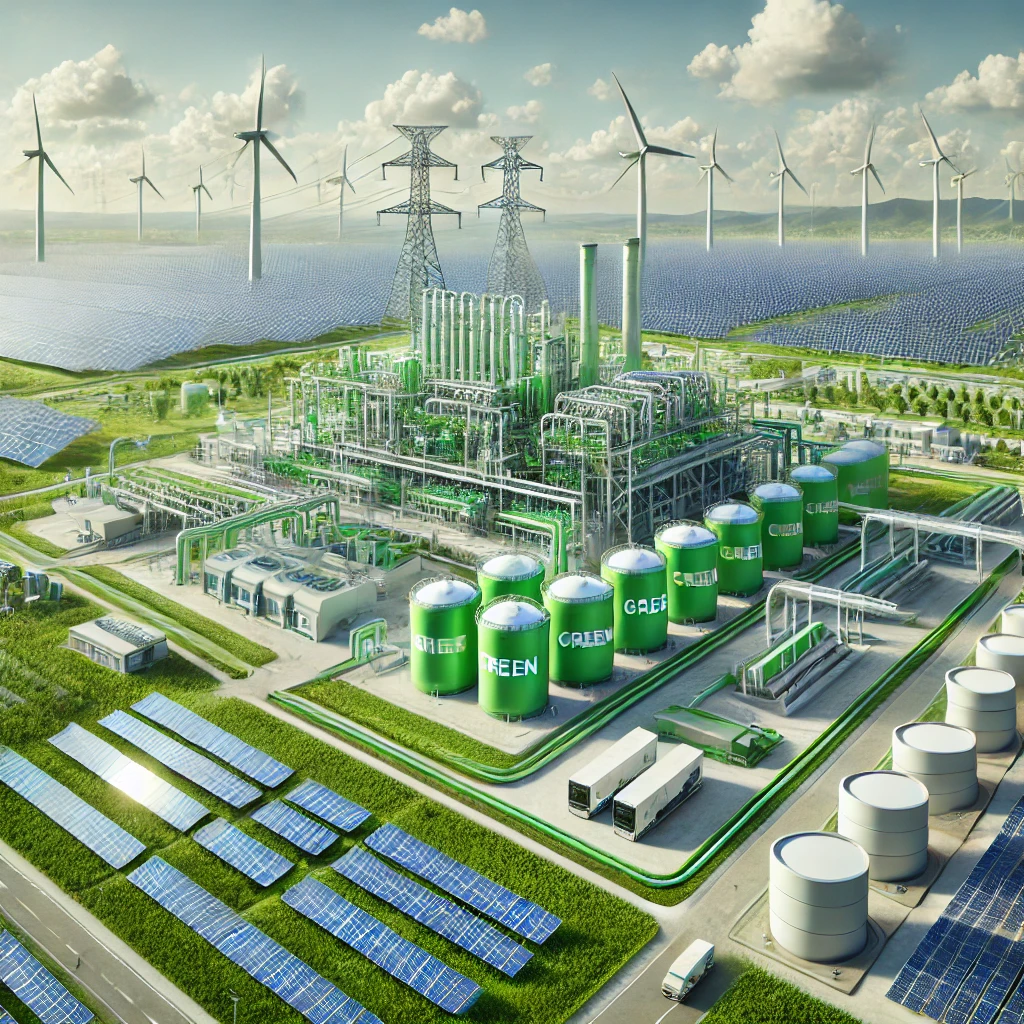
Source: Scotland’s International Development Alliance
As the 26th United Nations Climate Change Conference (also known as COP 26) scheduled to be held in Glasgow in November 2021 approaches, pressure on India is mounting to announce as to when it aims to have net zero emissions. Over 50 countries including US and China – the two biggest emitters of carbon – have already announced these targets for their country.
India, the third largest emitter, however, has not joined the “net zero” bandwagon. But the international pressure on India is mounting.
How has the international discourse on climate change evolved? What are India’s main arguments in defense of its unique stance? More importantly, how is India demonstrating to the rest of the world that while it may not announce a blanket target, it is committed to reducing emissions through low-carbon interventions? What is India alternate strategy that it is advocating to be more robust and practical and how does the strategy meet India’s development, diplomatic and climate realities. This article attempts to explore all these questions.

The Reality Check
It is a well-acknowledged reality that to avoid the worst climate impacts, greenhouse gas (GHG) emissions globally should reach net zero by the middle of this century. Recognising this urgency, a number of national governments, local government and business leaders are making commitments to reach net-zero emissions. In 2015, Bhutan became the first country to set a net-zero targets. In fact, Bhutan along with the heavily forested Suriname has announced that they are already carbon negative.
Over 50 countries have announced such “net-zero targets,” including the world’s largest emitters (China and the United States) along with hundreds more regions, cities and businesses that have set their own targets. The list includes UK, Germany, Spain, Norway, Denmark, Switzerland, Portugal, New Zealand, Chile, Sweden Iceland, Austria and Finland. China last year in September had announced its target to be net zero by 2060.
United States led by its new leadership under Joe Biden has also placed climate crisis as one of its top foreign policy agenda. Besides declaring net zero targets countries including the UK and France, have enacted laws promising to achieve a net-zero emission scenario by the middle of the century. The European Union aiming for net zero till 2050 is working a similar Europe-wide climate law.
A recent report of the United Nation’s Intergovernmental panel on Climate Change (IPCC) released in August 2021 further corroborates this urgency. It has warned that without immediate, rapid and large-scale reductions in GHG emissions, it will be impossible to limit warming close to 1.5°C or even 2°C urging governments to come to Cop26 with fresh plans to reduce greenhouse gas emissions. The report also says that if the world reaches net-zero emissions by 2040, the chance of limiting warming to 1.5 degrees Celsius is considerably higher. So, the sooner emissions peak and then lower, the more realistic achieving the net zero becomes.

What is Net Zero?
The October 2018 edition of the IPCC concluded that global emissions need to reach “net zero” around mid-century to give a reasonable chance of limiting warming to 1.5 degree Celsius. Since then, net zero almost became a buzzword. Technically, net-zero emissions will be achieved when all GHG emissions released by human activity are counterbalanced by removing GHGs from the atmosphere in a process called carbon removal. Therefore, net- zero or carbon-neutrality is a condition in which a country’s emissions are compensated by absorption and removal of greenhouse gases from the atmosphere. This can be done through futuristic technologies such as carbon capture and storage. If the absorption and removal of greenhouse gases exceeds the actual emissions, then that country is ascribed to be net positive or carbon negative.
A good example of this is Bhutan as it absorbs more than it emits. Most countries are being asked to announce a net zero goal as it is argued that global carbon neutrality by 2050 is the only way to achieve the Paris Agreement target of keeping the planet’s temperature from rising beyond 2°C compared to pre-industrial times.

2015 Paris Agreement
The 2015 Paris Agreement is a legally binding international treaty on climate change. It was adopted by 196 Parties at COP 21 in Paris, on December 12, 2015 and entered into force on November 4, 2016. Its goal is to limit global warming to well below 2 degrees Celsius, preferably to 1.5 degrees Celsius, compared to pre-industrial levels. The Paris Agreement is a landmark in the multilateral climate change process because, for the first time, a binding agreement was signed to bring all nations into a common cause to combat climate change.

Paris Climate Conference 2015
While the Paris Agreement establishes a global goal that implies reaching net-zero emissions, it was left unresolved when individual countries should reach that goal. It commits governments to putting forward plans to sharply reduce emissions and ramp up efforts to reach net-zero emissions. Under the Paris Agreement, countries agreed to submit climate plans every five years, known as national determined contributions or NDCs.
These NDCs can internally help governments implement the types of policies, signals, targets and strategies to reduce emissions. Many countries with net-zero targets are beginning to incorporate these policies and strategies directly into their near-term NDCs. These targets are also being mentioned across other law and policy documents for reinforcement.
Changing Paradigms: From Reducing Emissions to Net Zero
Earlier, the climate discussions used to be based on emission-reduction targets, for 2050 or 2070, for rich and developed countries, whose unregulated emissions over several decades are mainly responsible for global warming and consequent climate change. The new net- zero formulation does not assign any emission reduction targets on any country. A country can become carbon-neutral at its current level of emissions, or even by increasing its emissions, if it is able to absorb or remove more. From the perspective of the developed world, it is a big relief, because now the burden is shared by everyone, and does not fall only on them.
The Pros and Cons of Net Zero

Source : Berkeley Lab
The proponents of net zero approach vouch by it saying it is better way of fixing the climate crisis and negating the effect of emissions. For instance, they argue that while in many sectors, zero emissions are a possibility, in others it is not, at least not at present. Electricity for instance they say is one sector that can eliminate emissions through usage of renewables but in aviation and agriculture sectors, there is currently dearth of technologies to make emissions zero. Some emissions from these sectors are always likely to remain and to offset these emissions an equivalent amount of carbon has to be taken out of the atmosphere to balance the effect.
The opponents of net zero approach say that this approach takes the focus away from emission reductions in the near term as it focusses on carbon-dioxide removal and not on why it is being added in the first place. Besides, rich countries can also purchase reduction emissions from other countries though investments rather than reducing emissions in their own countries. Moreover, the time horizons for net zero targets seem too distant, instead short and medium term emission reduction targets are more effective in affecting climate control.

India’s Stand on Net Zero
India has taken a different or rather “unique” stand on net zero. It has so far maintained that announcing the net zero target is not its priority. India’s argument is based on the fact that it is unreasonable for developing countries to be making the same commitments as the developed countries, especially given the fact that the developed countries have – for historically longer time – been the real culprits. Two, to India long-term net zero targets seem impractical and are “not alone enough” to make a difference. Therefore, it is not interested in making “hollow announcements” just to fall in line with the diplomatic protocol but is interested in making more real short and mid-term goals towards addressing climate change.
India therefore has been arguing that instead of opening up a parallel discussion on net-zero targets outside of the Paris Agreement framework, countries must focus on delivering on what they have already promised under the previous agreements such as the 2015 Paris Agreement and Kyoto Protocol. Net-zero goals, India argues, do not figure in the 2015 Paris Agreement. The Paris Agreement only requires every signatory to take the best climate action it can. Countries need to set five-or ten-year climate targets, and demonstrably show they have achieved them. Most of the countries have submitted targets for the 2025 or 2030 period.
In the recent International Energy Agency’s Net Zero Summit India’s Minister for State for Power and New and Renewable Energy Mr Raj Kumar Singh emphasized that India’s NDC target of reducing emissions intensity by 30-35 per cent compared to 2005 levels by 2030, is more practical than any long-term vague commitment. The fact that Indian per capita emissions are an eighth of US and less than a third of China is also used as an argument to ratify India’s stand.

India’s leaders have often pointed out that the country’s per capita carbon emissions remaining among the lowest globally. India is therefore a global outlier on carbon, with energy-related emissions only peaking by 2049 and rising over 200 per cent versus 2005 levels by 2050. By comparison, China’s emissions peak two decades earlier, though emissions are more than three times India’s 2049 peak at this point.
The moot reality is that at this point, India cannot afford to give up on its development agenda. Achieving India’s economic development, alleviating poverty, providing universal electricity access and cooking fuel to all is India’s current priority. Over the next two to three decades, India’s emissions are only likely to grow. Besides, most of the carbon removal technologies right now are either unreliable or very expensive, the other challenges being technology adaptation, finance and capacity building. To be sure, a dramatic shift in technology and policy will also not lead to India attaining net zero by 2065.
India’s Strategy to Combat Climate Change
At the moment, India seems more focused on following a “low-carbon” development path that helps both meet its development aspirations and reduce its climate impact. It is in fact confident of meeting its three targets before the deadline. The three targets are :
- reduction of emissions by 33-35 per cent by 2030
- achieving a 40 per cent share of installed non-fossil fuel capacity by 2030
- achieving 2.5 to 3 billion tonnes of carbon dioxide equivalent in forest cover by 2030

India says it is “walking the talk” and is well on its way to achieving its targets under the Paris Agreement. On the electricity front for instance, it has already achieved the 100 GW by August 2021 (exclusive of hydro) and has some of the lowest solar tariffs globally.
However, in keeping at its commitment India will have to draw out firm short-, mid- and long-term transition plans for low carbon growth strategy for each sector – be it electricity, industry, buildings, transportation, forest or agriculture.
For instance, a big part of its electricity strategy will be to phase out coal plants, increase energy efficiency and ramp up renewables (India is already committed to achieving 450 GW of renewable capacity by 2030).
Some of the steps for the transportation sector would be to popularise electric vehicles, shift to cleaner fuels and technologies as well as encouraging public and non-motorised transport. Besides, stopping deforestation, improving tree cover and reducing food wastage could also be taken to lower the carbon footprint.

Key Takeaway
The Covid-19 challenges notwithstanding, a developing country such as India cannot afford to delay development. But neither can it afford to delay combating climate change. India’s unique stand to not announce net zero targets and instead continue its focus on reducing emissions by relying on “low-carbon” strategies to sustain growth does make sense. The international spotlight will be on India to justify this stand. It will have to back its strategies with robust policies, institutional reforms, ensuring financial and technological support and keep a close tab on implementation to make a significant dent to fight the climate crisis.







